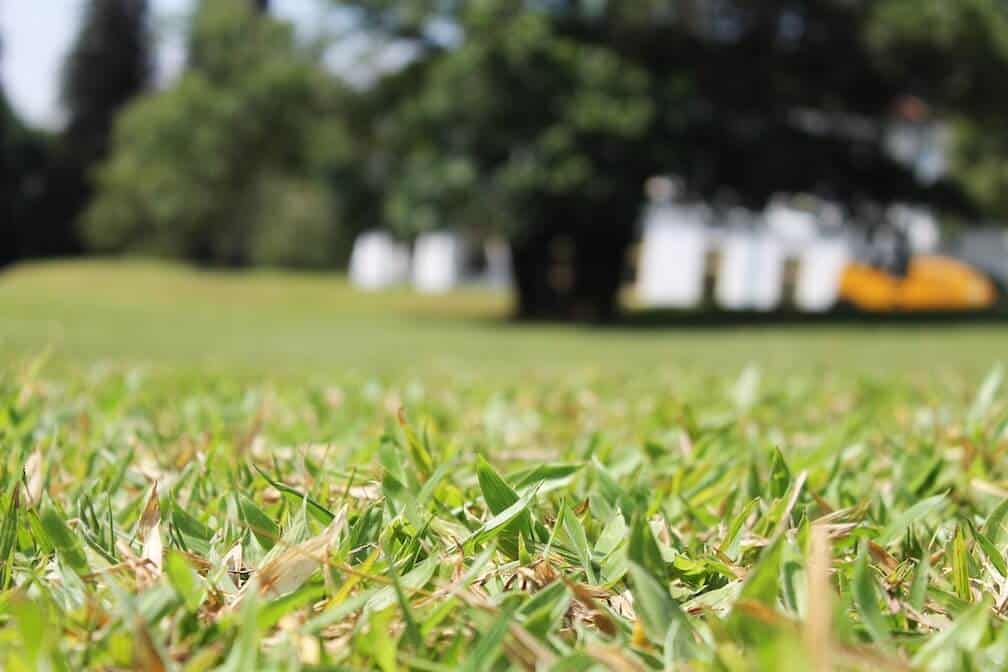If you plan to spend time outside in your yard or garden, or if you have children or pets who will be spending time outside, you may want to educate yourself about tiny little insects called chiggers. If you have an infestation of these, you may find yourself dealing with some very uncomfortable, terribly itchy bites. In fact, these bites can be so excruciating that a visit to the doctor is sometimes necessary to find relief since the symptoms of chigger bites can last up to a week or more.
What Are Chiggers:
Chiggers belong to the family of arthropods known as Trombiculidae and they go by many names: red bugs, itch mites, scrub mites, harvest mites, duck-shooters, and many more. These tiny mites often get their traits confused with scabies mites. Though chiggers are miserable pests, for sure, they aren't going to burrow under your skin. Here are some facts about chiggers that can help you identify them:
- Chiggers are the larvae of mites: Mites are very small arthropods closely related to ticks. Where most mites are agricultural crop pests, some types are parasitic on humans.
- Chiggers only live about 2 months.
- The bites from these creatures are itchy and often leave a rash.
- Chiggers live on both animals and humans.
What Do Chiggers Look Like:
- They are extremely tiny and almost invisible to the naked eye, measuring only from 1/20 to 1/150 th of an inch long.
- The most common type of chiggers are bright red, but they can also be orange or light yellow.
Where Are Chiggers Found:
Chiggers are found in all parts of the world. They are commonly found in damp, low-lying areas, such as forests, blackberry patches, brush thickets, along margins of swamps, in gardens, parks, grassy areas, around streams and rivers or lakes where the ground is damp. They thrive in areas where weeds and grass are overgrown and vegetation is rank. Although some species of chiggers will infest dryer areas. Some other facts about chiggers to keep in mind:
- Adult mites will overwinter deep inside soil and will emerge in the springtime to lay their eggs. After hatching, these mite larvae chiggers, will feed for several days before falling off their host and developing into nymphs. They will then grow into mature mites.
- If you have mites in your yard, it is likely because you have wild animals bringing them in. Putting up a fence around your property may reduce the incidences of animals wandering into your yard, bringing mites and other parasites with them.
How Do Chiggers Feed:
- Chiggers do not feed on blood, but instead, they feed on broken-down skin cells on both humans and animals.
- Like ticks, these immature mites will attach to grass or other vegetation and wait for a host to pass by, and then cling onto it. Once on a human, they will migrate to a place on the skin where they are able to feed.
- The most common areas for chiggers to bite a human are places on the body where the skin is thin and there are wrinkles and folds, places such as the groin, armpits, and the fold behind the knees. Ankles and areas where clothing compresses the skin are other favorite spots for chiggers to feed.
- People often believe chiggers burrow into the skin and remain there, but this is not the case. Chiggers actually bite by inserting their feeding structure and mouthparts into the skin. Enzymes are then injected which destroys the tissue and hardens the area, causing a feeding tube called a stylostome to form. With this tube, the chigger can feed on the skin for a few days, unless they are disturbed.
- Typically a chigger will feed for around 4 days before dropping off their host.
What Chigger Bites Look Like:
Being bitten by chiggers can be an extremely unpleasant experience. Chigger bites cause reddish welts to form, within 24 hours of being bitten, and they are accompanied by a nasty red rash and intense itching. These bites sometimes look like blisters, or raised red bumps on the skin. Sometimes medical attention is necessary when bites are so itchy that scratching causes infection to occur. Take note that although these creatures can cause intense discomfort for several days, they are not known to transmit any diseases, and are not considered vectors for viruses.
Backyard Chigger Prevention:
In order to prevent chigger bites, avoid moist, low-lying areas. If you must go into these places, make sure to:
- Wear an insect repellent on your skin or clothing.
- Tucking your pants into your socks may also be helpful.
- Avoid sitting on the ground or on rock walls.
- Don't work in berry patches or gardens without long sleeves, and make sure to wear gloves.
- And if you suspect you have been bitten by chiggers immediately take a soapy bath, and wash all clothing.
If you prefer to not have to worry about chiggers and the horribly itchy condition that they cause, consider reaching out to Rottler Pest & Lawn Solutions for help. Here at Rottler Pest & Lawn Solutions, we can help you control pests in your lawn, including chiggers. Our pest specialists draw from the latest advancements in pest technologies to kill fleas, ticks, mosquitoes, and chiggers so that your backyard is a safer place to be.


